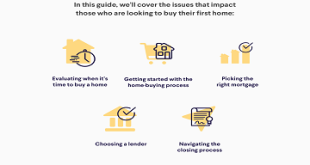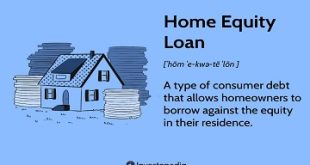Introduction:
Mortgage insurance is a financial product designed to protect lenders against the risk of borrower default. It’s a common requirement for homebuyers who make a down payment of less than 20% on their home purchase. In this comprehensive guide, we’ll delve into the ins and outs of mortgage insurance, including its types, benefits, considerations, and how it impacts borrowers.
Chapter 1: Understanding Mortgage Insurance
Mortgage insurance serves as a safeguard for lenders, providing financial protection in case a borrower defaults on their loan. Key points include:
Purpose:
Mortgage insurance mitigates the risk for lenders by ensuring they receive compensation if a borrower defaults on their loan and the proceeds from the foreclosure sale are insufficient to cover the outstanding balance.
Requirement:
Mortgage insurance is typically required for conventional loans with a down payment of less than 20% of the home’s purchase price. It may also be required for certain government-backed loans, such as FHA loans and USDA loans.
Cost:
Borrowers pay a monthly premium for mortgage insurance, which is added to their mortgage payment. The cost varies depending on factors such as the loan amount, down payment size, and credit score.
Chapter 2: Types of Mortgage Insurance
There are several types of mortgage insurance, each serving a specific purpose:
Private Mortgage Insurance (PMI):
PMI is required for conventional loans and is provided by private insurers. It protects the lender against borrower default and allows borrowers to qualify for a mortgage with a down payment as low as 3%.
FHA Mortgage Insurance Premium (MIP):
FHA loans require upfront and annual mortgage insurance premiums, which protect the lender against borrower default. MIP rates are set by the FHA and are typically higher than PMI rates.
USDA Guarantee Fee:
USDA loans require a guarantee fee, which serves a similar purpose to mortgage insurance. It protects the lender against losses if the borrower defaults on the loan.
Chapter 3: Benefits of Mortgage Insurance
Mortgage insurance offers several benefits for both lenders and borrowers:
Increased Access to Homeownership:
Mortgage insurance allows borrowers to purchase a home with a lower down payment, making homeownership more accessible, especially for first-time buyers.
Risk Mitigation for Lenders:
Mortgage insurance protects lenders against losses in the event of borrower default, enabling them to offer loans with smaller down payments and lower credit scores.
Lower Interest Rates:
With mortgage insurance, lenders may be more willing to offer lower interest rates to borrowers with smaller down payments, as the insurance provides an additional layer of protection.
Chapter 4: Considerations for Borrowers
While mortgage insurance offers benefits, borrowers should carefully consider the following factors:
Cost:
Mortgage insurance adds to the overall cost of homeownership, increasing monthly mortgage payments. Borrowers should weigh the cost of mortgage insurance against the benefits of purchasing a home with a smaller down payment.
Cancellation Policy:
With conventional loans, borrowers can request the cancellation of PMI once they’ve reached a certain level of equity in their home. However, FHA loans require MIP for the life of the loan in most cases.
Impact on Affordability:
Mortgage insurance may affect the affordability of a home loan, particularly for borrowers with limited income or high levels of debt.
Chapter 5: How to Avoid Mortgage Insurance
While mortgage insurance is often necessary for buyers with smaller down payments, there are ways to avoid it:
Make a Larger Down Payment:
Saving for a larger down payment can reduce or eliminate the need for mortgage insurance altogether.
Consider Lender-Paid Mortgage Insurance (LPMI):
Some lenders offer LPMI options, where they pay the mortgage insurance premium upfront in exchange for a slightly higher interest rate.
Refinance:
Borrowers with sufficient equity in their homes may be able to refinance their mortgage and remove mortgage insurance.
Chapter 6: The Mortgage Insurance Process
The process of obtaining mortgage insurance involves several steps:
Application:
Borrowers apply for mortgage insurance through their lender when they apply for their mortgage loan.
Approval:
The mortgage insurer evaluates the borrower’s creditworthiness and approves the application if they meet the necessary criteria.
Payment:
Borrowers pay the mortgage insurance premium either upfront or as part of their monthly mortgage payment.
Chapter 7: Conclusion
Mortgage insurance plays a crucial role in the homebuying process, enabling borrowers to purchase a home with a smaller down payment and providing lenders with protection against borrower default. By understanding the types, benefits, and considerations of mortgage insurance, borrowers can make informed decisions about their home financing options. Whether you’re a first-time buyer or a seasoned homeowner, mortgage insurance is an important factor to consider when purchasing a home.




